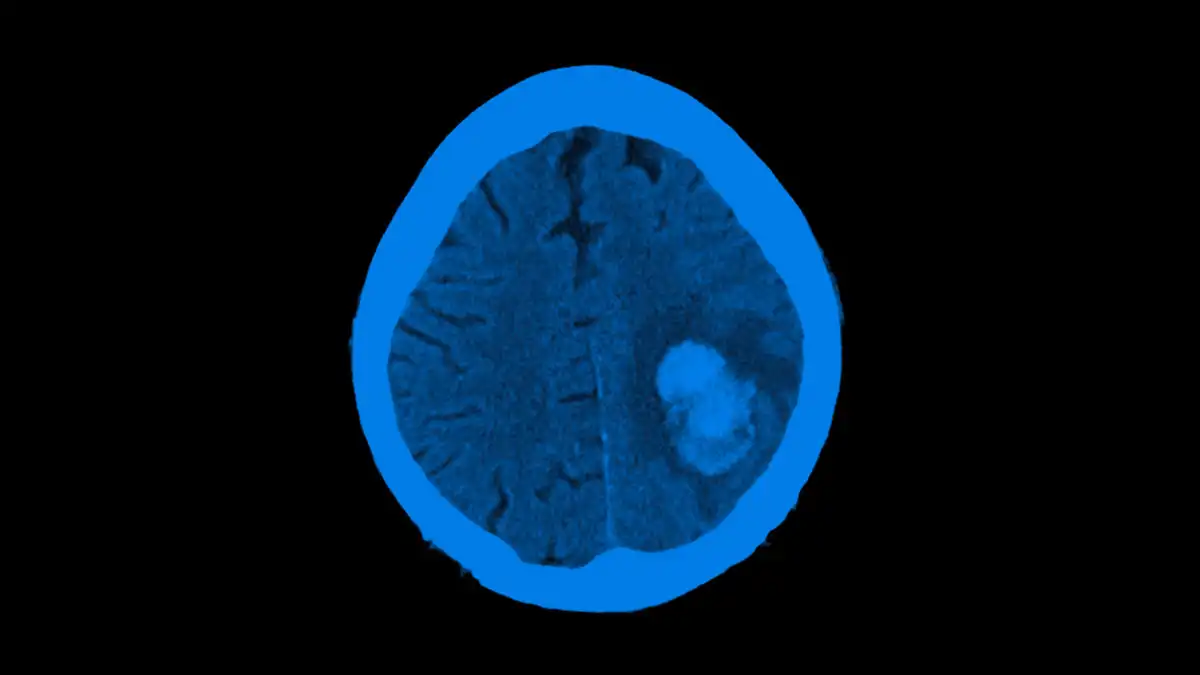
Viz™ AORTIC
A Review of Mature Machine Learning and Artificial Intelligence...
Background After years of both increasing enthusiasm and skepticism by surgeons and patients, the first artificial intelligence (AI) and machine...
May 05, 2023

Prompt and accurate identification of Large Vessel Occlusion (LVO) for Acute Ischemic Stroke (AIS) by CTA is essential for optimal endovascular reperfusion therapy. The Viz.ai algorithm (Viz LVO) was developed to process head and neck CTAs using a convolutional neural network artificial intelligence platform to identify anterior circulation LVOs from the ICA-T to the sylvian MCA M1 segments. We evaluated the diagnostic accuracy and notification time of Viz LVO compared with our institutional standard of care.
Consecutively acquired CTAs performed for suspected AIS between 3/1/2016 and 11/30/2017 were identified for inclusion. No studies were excluded from analysis to reflect our institutional prevalence of anterior circulation LVOs. The CTAs were evaluated by the Viz-AI-Algorithm® v4.1.2. The processing time and automated LVO detection were recorded. These were compared against the radiology report, the radiologist to stroke care team time-to-notification, as well as an independent review of all studies by a neuroradiologist for secondary findings that may influence the accuracy of Viz LVO.
Analysis of 650 CTAs performed for AIS was conducted for 650 patients. The mean patient age was 66 (SD 15), 51% were female, and 30% of all studies were positive for anterior circulation LVO. Viz.ai demonstrated a sensitivity of 82%, specificity of 94%, PPV of 77%, and NPV of 95%. There were 31 false positives (16 due to intracranial atherosclerosis) and 23 false negatives reported by Viz.ai. Forty one cases were not processed due to metal artifact, inadequate contrast, motion artifact, or excess z-spacing variability. The mean processing time for Viz.ai was 5 minutes with a maximum of 8 minutes for all studies. The mean clinical standard-of-care notification time at our institution was 32 minutes with a maximum of 116 minutes.
To the best of our knowledge, this is the first AI-algorithm for detecting intracranial LVOs. Viz LVO has demonstrated impressive performance for accurate identification and timely notification of proximal intracranial LVOs. Future endeavors to optimize detection of LVO in poor quality CTAs, despite anatomic variations such as tortuosity, and of the MCA-M2 are ongoing.
Researcher:
Dr. Arindam Chatterjee
Publication:
StrokeDate Published: January 30, 2019
Jan 30, 2019